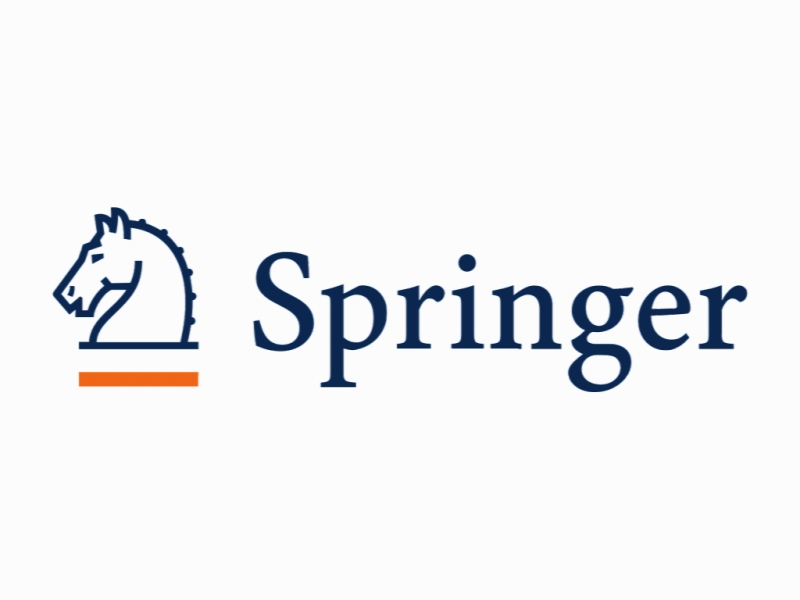بازاریابی رسانه های اجتماعی: تکامل و تغییر Social Media Marketing: Evolution and Change
- نوع فایل : کتاب
- زبان : انگلیسی
- ناشر : Springer
- چاپ و سال / کشور: 2018
توضیحات
رشته های مرتبط مدیریت
گرایش های مرتبط بازاریابی
مجله بازاریابی رسانه های اجتماعی – Social Media Marketing
دانشگاه University of Delhi – New Delhi – India
منتشر شده در نشریه اسپرینگر
گرایش های مرتبط بازاریابی
مجله بازاریابی رسانه های اجتماعی – Social Media Marketing
دانشگاه University of Delhi – New Delhi – India
منتشر شده در نشریه اسپرینگر
Description
Purpose The prolific success of social media platforms (SMPs) such as Facebook, Orkut, MySpace and Twitter caught the attention of researchers and business practitioners globally. Marketers started looking at social media as a new avenue to create profitable relationships with consumers. Researchers suggest that the online environment can provide brands with structural asset, scale and process advantages in terms of a proactive devoted customer base, online consumer data and new campaign concepts (Edelman, 2007). Recently, brands have started allocating a significant portion of their marketing budgets to social media marketing (SMM). Despite the exponential growth of SMM, certain issues remain unresolved. Marketers are still unsure of how to measure the impact of their social media strategy and its contribution to the bottom line, and how to use social media to build and sustain value-creating relationships with their customers (Kumar, Hsiao, & Chiu, 2009). Furthermore, social media research is still in its nascent stage and yet to evolve as a separate marketing sub-discipline. With this thought, we systematically review prior research to discern a coherent pattern in the extant social media literature and present a holistic view of the insights derived. We chart the evolution of social media research and attempt to identify the underlying themes from the communication perspective. Further, we propose a model with an integrated perspective on communication through traditional and social media. We seek to identify the gaps present in the extant literature with the objective of providing structure and direction for future research.


